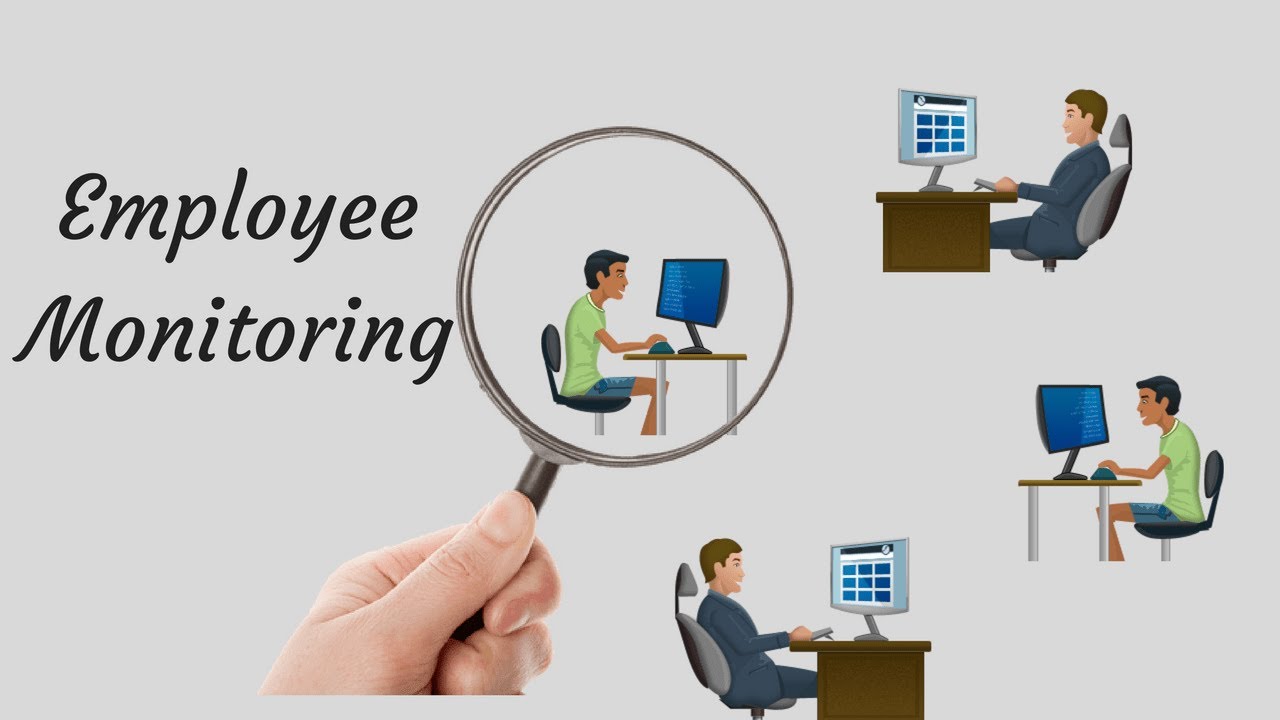
In the digital age, a company’s “tech stack” is more than just a collection of software; it’s a profound reflection of its operational philosophy, especially its execution culture. This is particularly true when it comes to project management applications. The choice of tools for planning, executing, and monitoring projects isn’t merely a technical decision; it’s a strategic statement about how an organization values transparency, collaboration, efficiency, and accountability. Selecting the right project management application is therefore critical, as it directly shapes team behavior, influences project outcomes, and ultimately dictates the speed and quality of strategic execution.
Contents
Beyond Features: Understanding Your Organizational DNA
Many organizations approach software selection with a checklist of features: Gantt charts, Kanban boards, time tracking, reporting, etc. While essential, this feature-centric view often misses the deeper implication. The ideal project management application isn’t just about what it does; it’s about how it enables your teams to work and how it reinforces (or challenges) your existing cultural norms. Before diving into a project management application comparison and insights, organizations should first understand their own execution culture.

Consider these questions:
- Is your culture highly hierarchical or flat and collaborative? Some tools thrive in structured environments with clear top-down control, while others empower self-organizing teams.
- Do you prioritize speed and iteration (Agile) or meticulous planning and control (Waterfall)? While many tools support both, their default settings and ease of use for one over the other can dictate adoption.
- How important is transparency? Does everyone need to see everything, or is information compartmentalized?
- What’s your stance on accountability? Is it individual, team-based, or driven by strict oversight?
- How do you handle change? Are you rigid and change-averse, or do you embrace flexibility and adaptation?
- What is your approach to resource management? Do you need detailed capacity planning, or is a simpler overview sufficient?
The answers to these questions reveal your organization’s “DNA of execution,” which should serve as the primary filter for software selection. A mismatch between the tool and the culture will inevitably lead to low adoption rates, frustration, and ultimately, a failure to enhance project delivery.
What Different PM Tools Say About Your Culture
1. The Simple Task Manager (e.g., Trello, Asana for basic use)
Choosing a very simple, lightweight task manager often signals a culture that values informality, quick starts, and minimal overhead. It suggests teams that are likely small, highly communicative, and prefer to manage dependencies verbally or outside the system. While great for initial bursts of productivity, it can hint at a lack of scalability or a future struggle with complex interdependencies, resource allocation, and formal reporting as the organization grows. It might also indicate a reliance on individual heroics rather than systematic project governance.

2. The Agile Board Specialist (e.g., Jira, Azure DevOps)
Opting primarily for a tool centered on Kanban or Scrum boards indicates a strong embrace of Agile methodologies, iterative development, and self-organizing teams. This culture prioritizes adaptability, continuous delivery, and rapid feedback loops. It emphasizes team ownership and responsiveness to change. However, relying solely on these tools might suggest a potential challenge with long-term strategic roadmapping, cross-portfolio visibility, or fixed-timeline projects where a more traditional Gantt-chart view is beneficial. The execution culture here thrives on flexibility but might lack a holistic, enterprise-wide project view without additional layers.
3. The Comprehensive Enterprise Solution (e.g., FlexiProject, Microsoft Project for enterprise)
Implementing a robust, all-in-one project management solution speaks volumes about a culture that values structured execution, strategic alignment, and comprehensive oversight. This choice signals a commitment to:
- Centralized Control and Governance: A belief that consistency in processes and data is paramount for scalable and predictable outcomes.
- Financial Discipline: A focus on linking project performance directly to budget, ROI, and resource costs.
- Cross-functional Collaboration at Scale: Recognition that complex projects require seamless integration across departments and even global teams.
- Data-Driven Decision Making: An emphasis on real-time analytics, reporting, and forecasting to guide strategic choices.
- Risk Mitigation: Proactive identification and management of risks across the entire project portfolio.
This type of choice suggests an organization that understands project management as a strategic differentiator, not just an operational necessity. It’s a culture that aims for predictability and efficiency while also supporting adaptability through integrated methodologies.

4. The Hybrid Approach (Integrating various tools)
A tech stack that intentionally integrates multiple specialized project management tools (e.g., Jira for development, a separate tool for portfolio management) points to a culture that values best-of-breed solutions and specialized expertise. It suggests teams are given the autonomy to choose tools best suited for their specific functions while leadership still demands aggregated insights. This can foster efficiency within specialized units but requires a strong integration layer and governance model to prevent data fragmentation and ensure unified reporting. It reflects a mature execution culture that can balance autonomy with overarching control.
Choosing Wisely: FlexiProject as a Cultural Enabler
The key isn’t to find a universally “best” tool, but the tool that best aligns with and enables your desired execution culture. For organizations looking to foster a culture of structured efficiency, strategic alignment, and robust control across complex projects, a platform like FlexiProject represents a strategic choice. As a next-gen project management tool trusted by leading organizations, FlexiProject is designed not just for task management but for comprehensive project portfolio management, resource optimization, and financial oversight.
It supports diverse project methodologies, allowing teams to work in a way that suits them best, while providing leaders with the consolidated, real-time insights needed for strategic decision-making. By offering integrated solutions for budgeting, resource allocation, risk management, and reporting, FlexiProject helps organizations build an execution culture characterized by:
- Predictability: Delivering projects on time and within budget.
- Accountability: Clear ownership and tracking of responsibilities.
- Transparency: Everyone having access to the right information at the right time.
- Strategic Alignment: Ensuring every project contributes directly to business goals.
- Scalability: Supporting growth without sacrificing control or efficiency.
Ultimately, your project management application becomes a central pillar of your operational infrastructure. It either empowers or hinders your teams, reinforces good habits or perpetuates bad ones. The right choice is an investment in your company’s ability to consistently turn strategic vision into tangible reality.

Conclusion
In the bustling world of business, project execution is the engine of growth. The choice of your project management application is far more than a functional selection; it’s a direct reflection and a powerful shaper of your organization’s execution culture. From the agility implied by simple task managers to the comprehensive governance demanded by enterprise solutions, each choice tells a story about how projects are viewed, managed, and delivered. By thoughtfully evaluating your organizational DNA and aligning it with a suitable tool, like the comprehensive capabilities offered by FlexiProject, businesses can intentionally cultivate a culture of high performance. This strategic alignment between your tech stack and your desired execution culture is fundamental to achieving consistent project success and realizing your full strategic potential.








